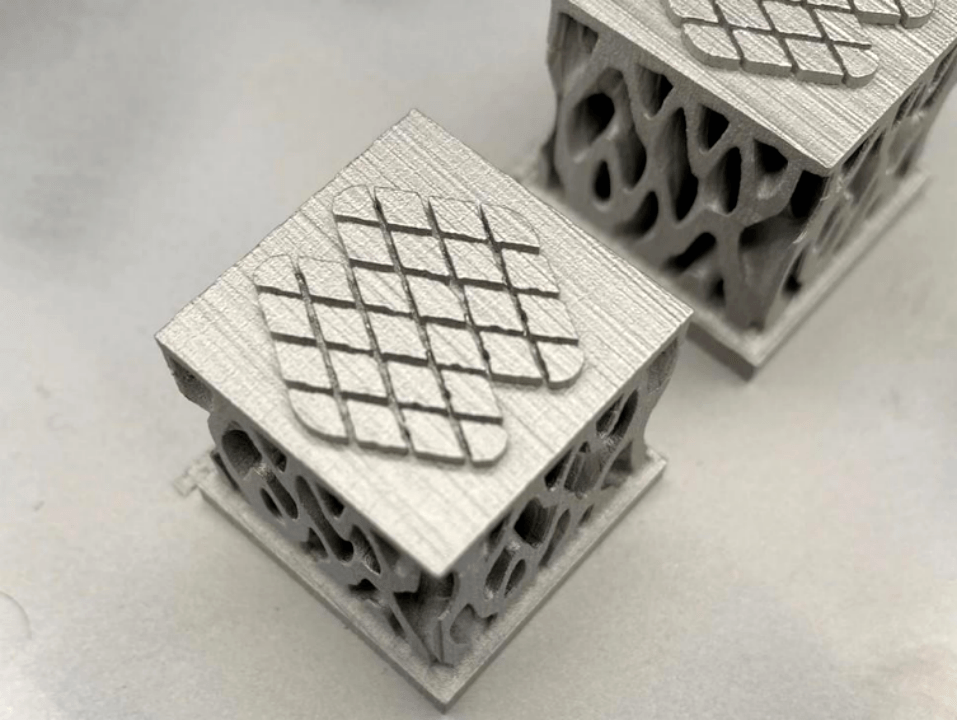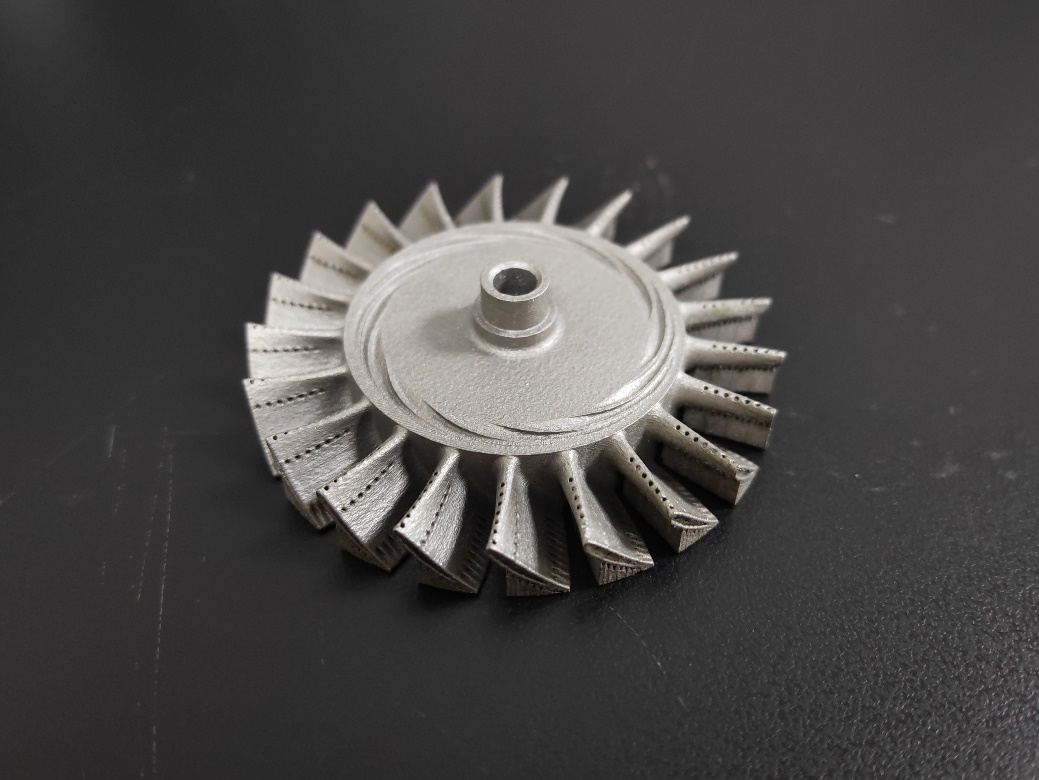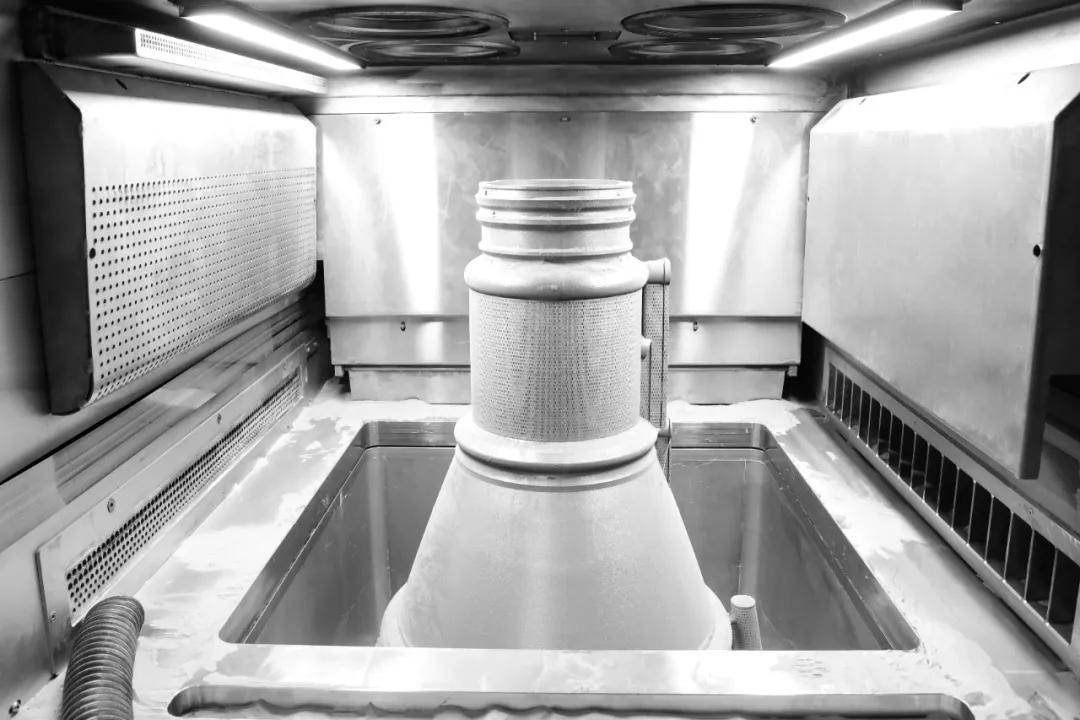How does the strength of 3D printed titanium compare to traditionally manufactured titanium parts?
How Does the Strength of 3D Printed Titanium Compare to Traditionally Manufactured Titanium Parts?
Comparable or Superior Tensile and Yield Strength
When processed correctly, 3D printed titanium—particularly Ti-6Al-4V—can match or even exceed the mechanical strength of wrought or machined titanium parts. Using Powder Bed Fusion or Electron Beam Melting (EBM), the as-printed tensile strength of Ti-6Al-4V typically ranges from 950 to 1100 MPa, with yield strength between 850 and 1000 MPa—values comparable to forged Grade 5 titanium components.
Post-Processing Enhances Mechanical Properties
Additive parts may initially contain residual stress, anisotropic grain structures, or internal porosity. However, applying heat treatment and Hot Isostatic Pressing (HIP) improves ductility, eliminates porosity, and enhances fatigue strength. After HIP, mechanical properties can reach or exceed those of traditionally forged or annealed titanium.
For example, 3D printed Ti-6Al-4V ELI used in medical implants achieves both biocompatibility and strength requirements in line with ASTM F3001 standards.
Fatigue and Creep Resistance
While static strength is comparable, fatigue strength can be lower in as-printed parts due to surface roughness or internal defects. This is especially relevant in high-cycle fatigue conditions like aerospace and automotive applications.
Solution: Finishing techniques such as electropolishing, CNC machining, and HIP restore fatigue performance to levels equal to or better than traditional parts.
Microstructure Differences
3D printed titanium typically exhibits a fine acicular α’ martensitic structure in the as-built condition, while traditionally manufactured titanium may have equiaxed or lamellar microstructures. With proper post-processing, the microstructure of printed parts can be tuned for specific strength-ductility profiles.
Summary Comparison Table
Property | 3D Printed Titanium (Post-Processed) | Traditional Titanium (Forged/Annealed) |
|---|---|---|
Tensile Strength | 950–1100 MPa | 900–1050 MPa |
Yield Strength | 850–1000 MPa | 830–970 MPa |
Elongation at Break | 10–14% (with HIP) | 10–15% |
Fatigue Strength (Rough) | Lower (Ra > 10 µm) | Higher (machined finish) |
Fatigue Strength (Polished) | Comparable or higher | Standard |
Recommended Services to Maximize Strength
Neway offers a complete set of services to match or exceed conventional titanium performance:
Titanium 3D Printing: For precision structural components
Heat Treatment: To improve ductility and grain refinement
Hot Isostatic Pressing (HIP): For porosity elimination and fatigue improvement
CNC Machining: For high-tolerance surfaces and fatigue-critical zones
Surface Treatment: To enhance surface quality and mechanical performance



